Can you grow Brussels sprouts from scraps? Yes, and it can actually be done in two ways
Reuse and repurpose scraps from the kitchen to regrow Brussel sprouts the sustainable way
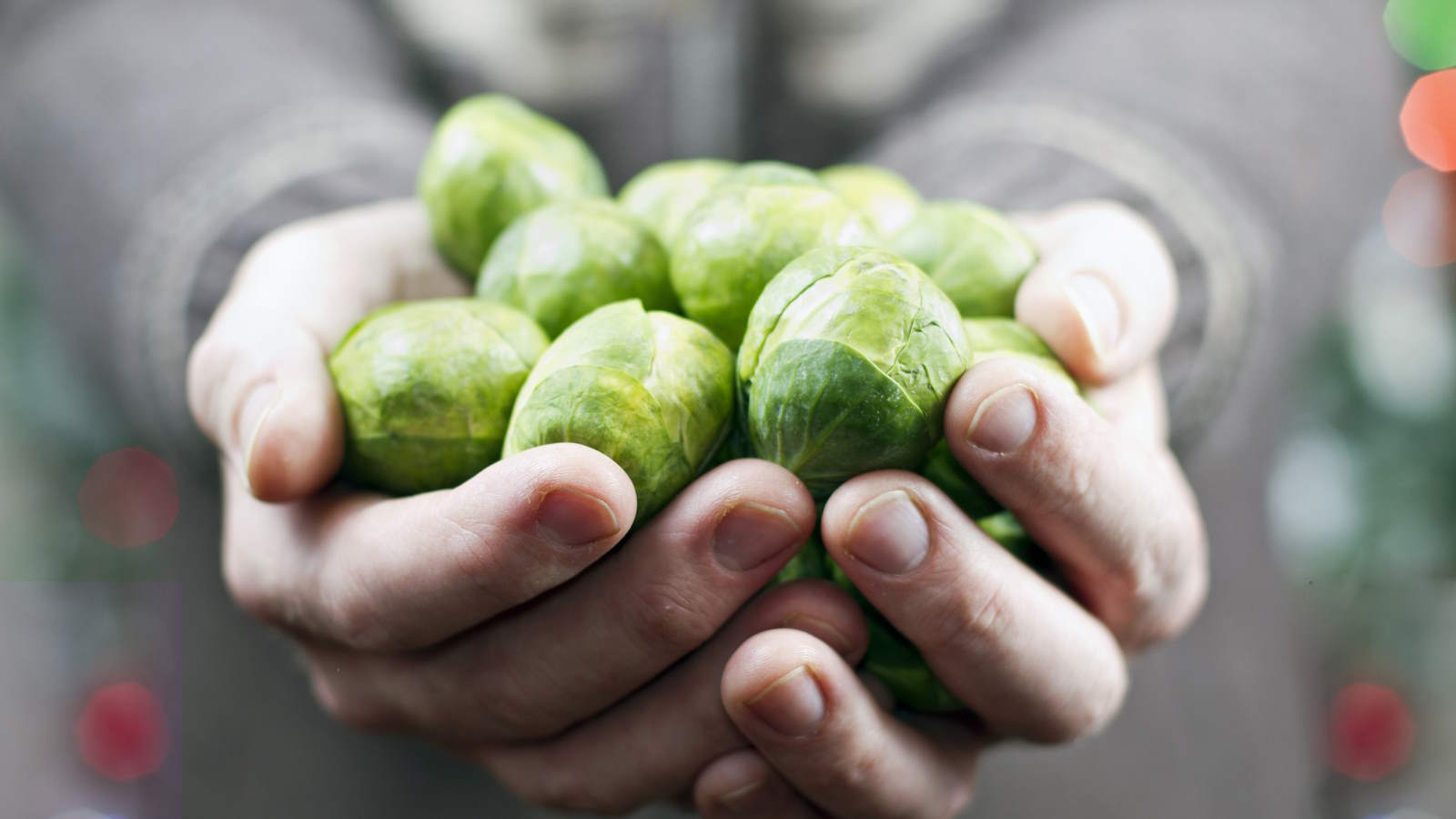

Brussels sprouts are a winter vegetable grown as annual plants to provide crops of delicious sprouts during the colder months. They are often vegetables that are synonymous with Christmas, yet need a long growing season to develop and mature.
Sprouts are traditionally grown from seed sown each year in spring, however there is an alternative, sustainable way to try to grow plants.
It is possible to grow Brussels sprouts from scraps, both from individual sprouts or pieces of stalk that normally otherwise get thrown into the trash.
It can be a rewarding way to both minimize waste and maximize the yield from your vegetable garden, requiring only a bit of patience and some common household items.
The methods for regrowing sprouts are not guaranteed to be successful - so it may be best to sow some seeds as well to make sure you get a harvest - but it can make a fun gardening experiment.
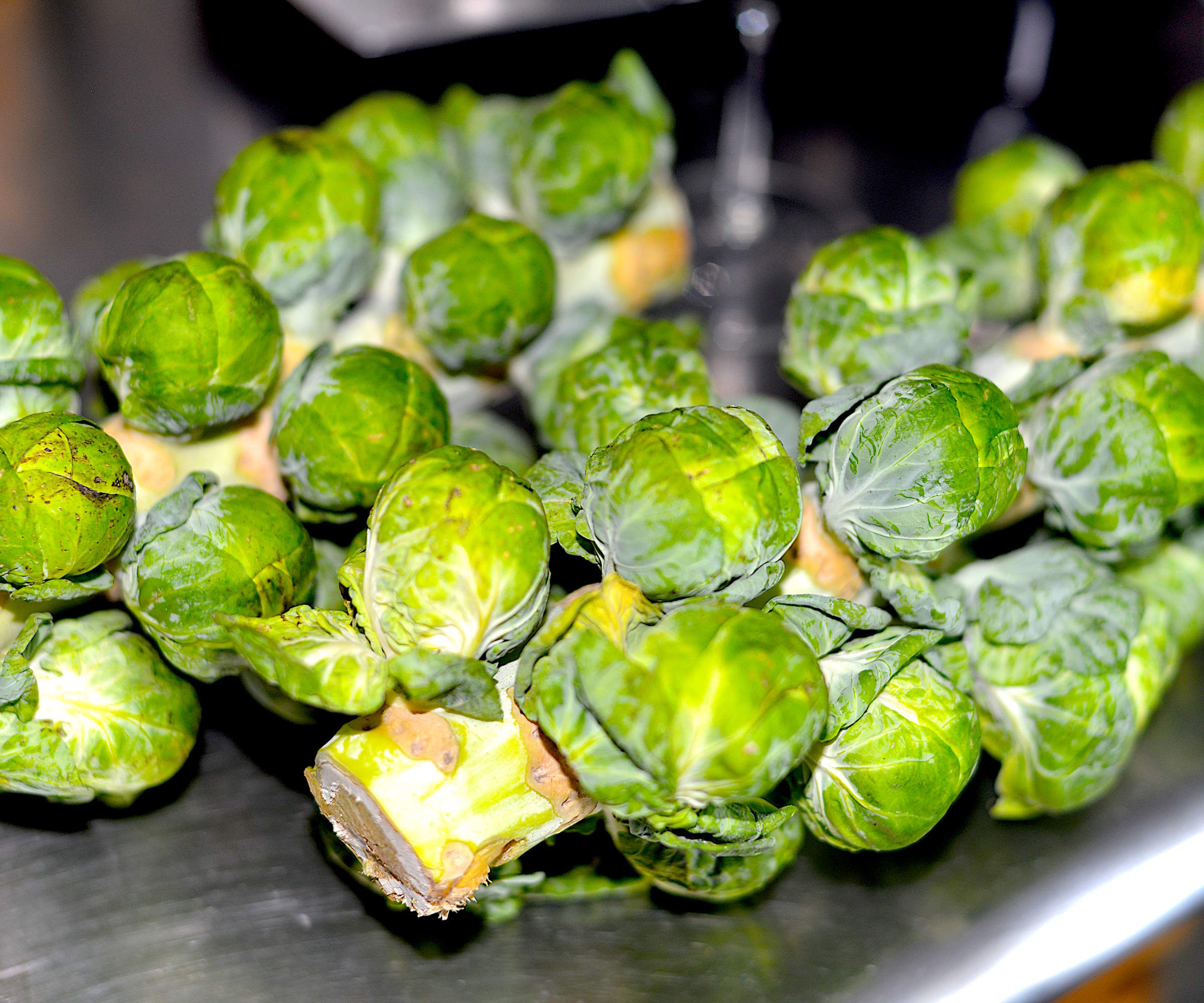
Sprouts can be regrown from stalks
Can you regrow Brussels sprouts?
While not a traditional way to grow Brussels sprouts, it is possible to regrow them from scraps.
There are, in fact, many vegetables that can be regrown in this sustainable and rewarding way to make the most of kitchen scraps. As well as sprouts, you can grow celery from a stalk, grow onions from scraps, and regrow lettuce from scraps, among others.
Design expertise in your inbox – from inspiring decorating ideas and beautiful celebrity homes to practical gardening advice and shopping round-ups.
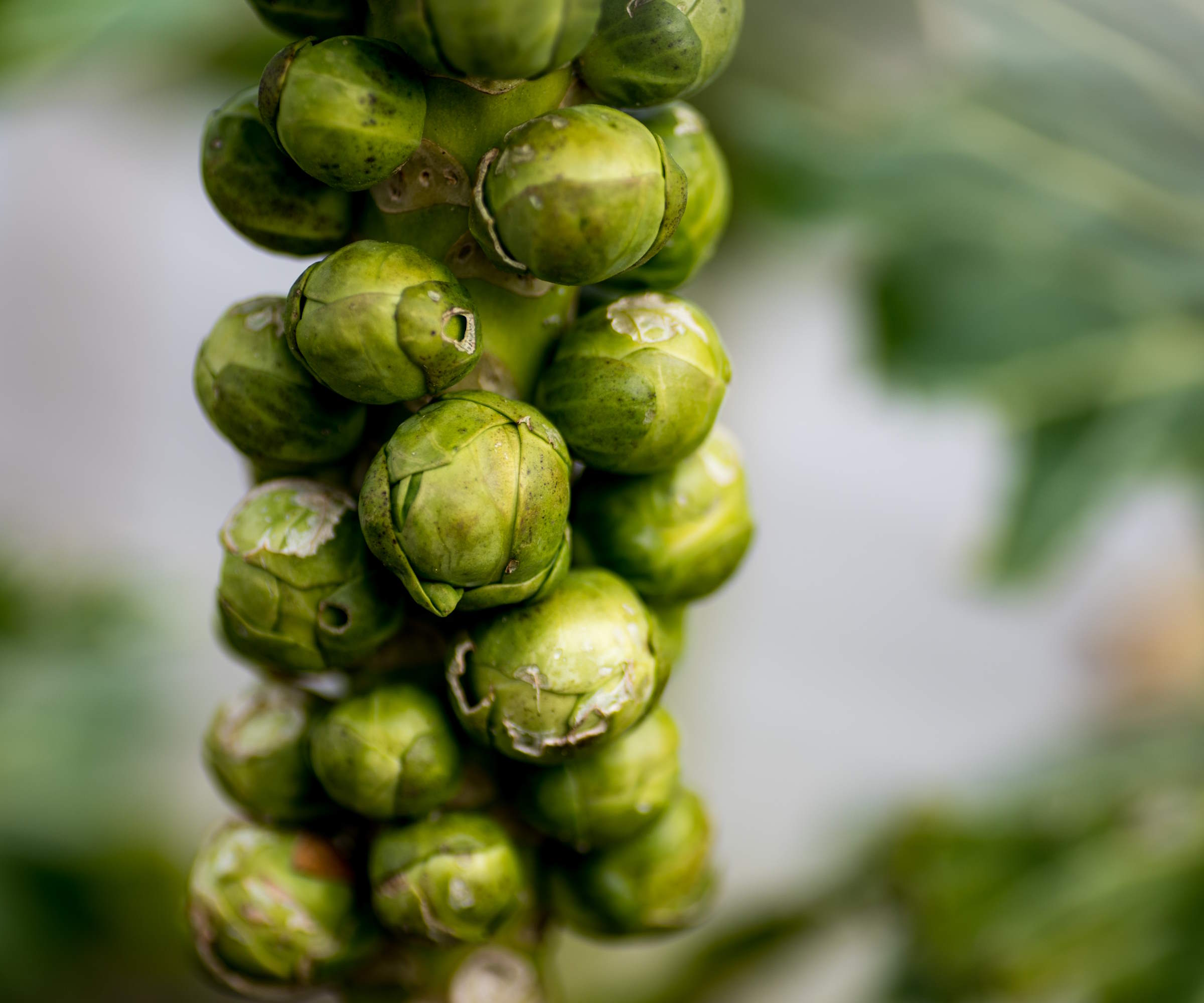
Sprouts are harvested from fall through winter
How to grow Brussels sprouts from scraps
If you have been fortunate to have a large harvest of brussels sprouts and find yourself with more than you can eat or give away, then you could use these to regrow new sprouts.
The best time to embark on this gardening experiment is in early spring. This allows the plants time to sprout and grow in time to plant them out in the vegetable garden, or vegetable container garden, after the risk of frosts has passed.
It is important to make sure that any sprouts you intend to use for resprouting are healthy and plants have been free from diseases. There are then only a few simple steps you can follow if you want to experiment with propagating Brussels sprouts from scraps.
- Clean the sprout thoroughly and remove any yellow leaves
- Cut off the bottom of the sprout with a clean and sharp knife
- Place the sprout cut-side down in a container filled with half-an-inch of water
- Put this container somewhere that is warm and gets lots of indirect light - do not place it in direct sunlight
- Change the water regularly to keep it clean
- Keep an eye out for small roots forming from the base of the sprout
- When the roots are developed and a few inches long, you can transplant the sprouted stem into the garden
Starting the process at the ideal time in spring means the sprouted stem should be ready to plant out in the cool weather of late spring, once the frosts have ended in your US hardiness zone.
At this stage the weather should be cool and the soil warm and moist to encourage strong development. Once the roots are developed, transplant the seedling into a sunny area with a rich and fertile soil type.
Monitor the plant, keep it well-watered, and hopefully you will get a crop of sprouts to harvest in December for your festive dinner plates.
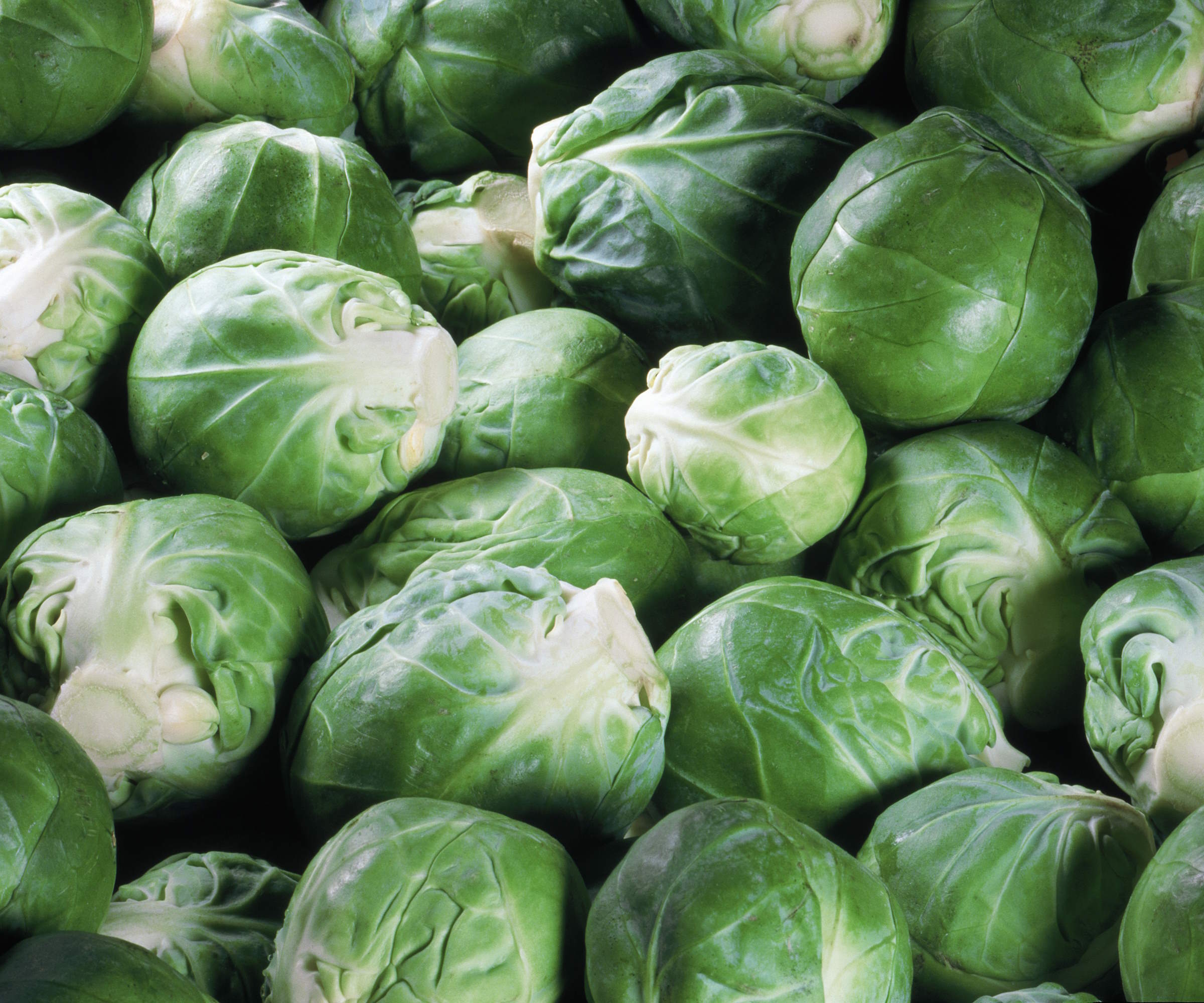
Individual sprouts can put out roots submerged in water
How to grow Brussel sprouts from a stalk
As well as growing Brussels sprouts from individual sprouts, it is also achievable to regrow Brussels sprouts from the stalk - a part of the plant that often just gets thrown away.
Lindsey Hyland, an experienced gardener and founder of Urban Organic Yield, recommends seven key steps to follow to regrow sprouts by encouraging the stalk to reshoot.
This method can be attempted if you have harvested full stalks of Brussels sprouts or, as Lindsey claims, you have purchased ‘fresh brussels sprouts from your local grocery store or farmer's market’.
- Cut off the bottom of the stalk and place it in a glass filled with water
- Ensure the water level is high enough to cover the bottom of the stalk, but not the entire stalk
- Put the glass in a sunny location and change the water every other day
- You'll notice new sprouts growing from the stalk within a few weeks
- Plant the stalk in soil when the sprouts are a few inches long
- The soil should cover the bottom of the stalk, with the new sprouts above ground
- Water regularly and watch your Brussels sprouts grow
‘Transplanting your sprouted Brussels sprouts should be done when they've morphed into a robust baby plant, around two to three weeks after sprouting,’ says Lindsey.
‘Ensure that the risk of frost has passed, as Brussels sprouts thrive in full sun and cooler weather. The soil needs to be well-drained, and it's crucial to give each plant ample space, around 18 to 24 inches apart, to ensure they flourish.’
Providing the right sunlight and knowing when to water plants should hopefully encourage strong growth of new sprouts. The plants want to be kept moist, but not waterlogged, as a lack of water will result in smaller undeveloped sprouts. A soil moisture meter, available at Amazon, can be used to help judge when to water as you can get instant results on the moisture levels in the soil.
The signs to look out for to know when to harvest Brussels sprouts is when the lowest sprouts on the stalk are around an inch in diameter and firm to the touch.
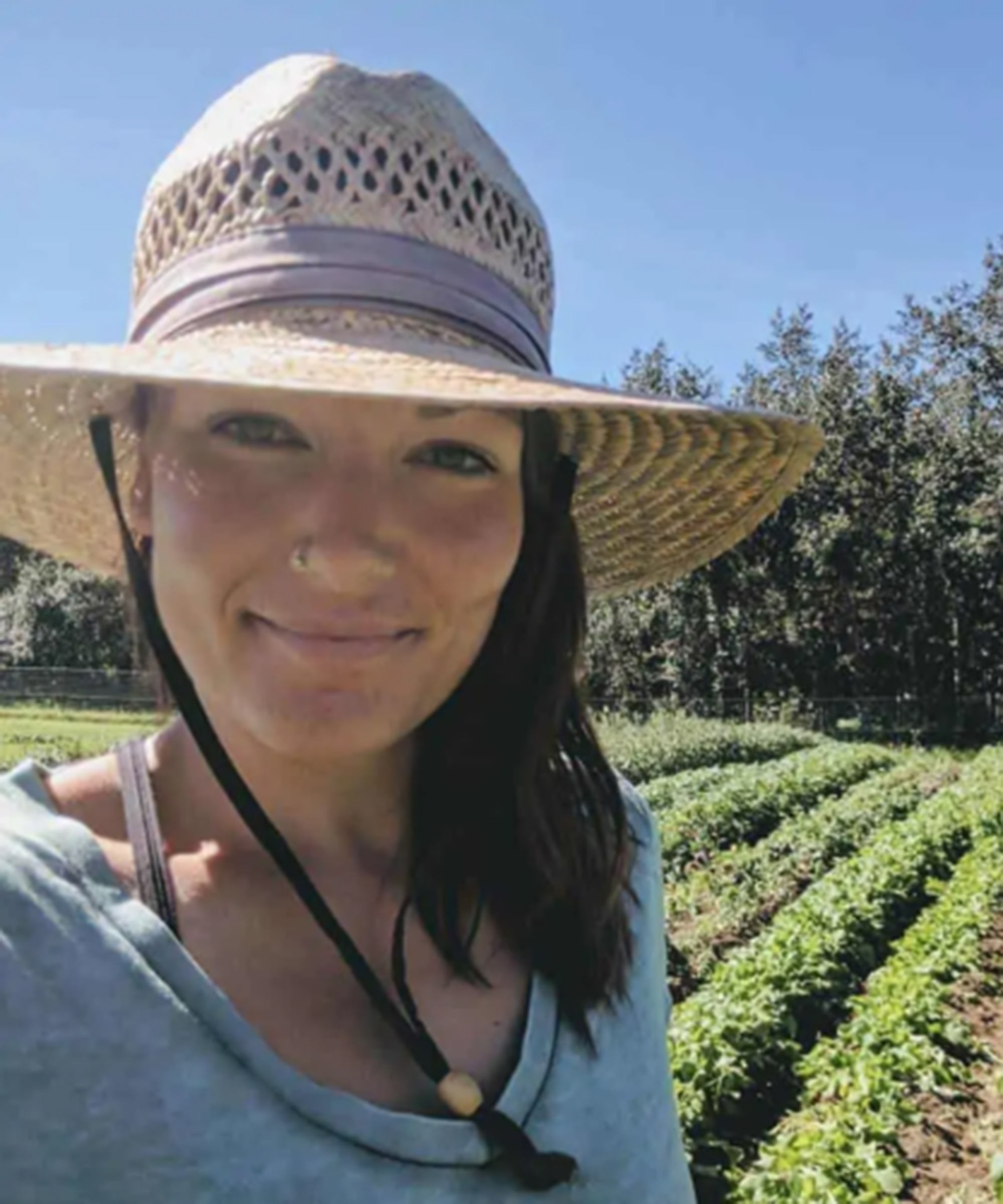
Lindsey Hyland grew up in Arizona, where she attended the University of Arizona’s Controlled Environment Agriculture. She supplemented her formal education by working on various organic farms. She is sharing everything on her gardening journey at Urban Organic Yield. From outdoor food gardens to container planting, to aquaculture and hydroponics, the site covers a range of topics with useful information and step by step guides to teach you the basics and get you on your way to producing healthy, affordable food for you and your family.
FAQs
Should you grow Brussels sprouts from store bought sprouts?
It is possible to regrow Brussels sprouts from ones that you have bought in grocery stores, but it may come with issues. For a start, you will be unaware how long ago the plants were harvested and they may have been stored for a long time.
Also, there is no guarantee that the plants do not carry any diseases that you could introduce into your backyard by planting them. A trip to the local farmers market, where you can ask the growers questions directly about the crop, would be more advisable than using any from the store.
The same advice should be considered when thinking about growing garlic from grocery store garlic, or growing a potato from a potato bought at the grocery store.
Brussels sprouts have a long growing season when you are propagating them from seed. It is best to sow them in spring undercover, such as in a greenhouse or on a warm windowsill, and then the young plants can be planted from March onwards.
Earlier sowing and plantings of early varieties of Brussels sprouts can provide you with a harvest from fall onwards. See the full range of Brussels sprouts seeds and plants available at Burpee.

Drew has worked as a writer since 2008 and was also a professional gardener for many years. As a trained horticulturist, he worked in prestigious historic gardens, including Hanbury Hall and the world-famous Hidcote Manor Garden. He also spent time as a specialist kitchen gardener at Soho Farmhouse and Netherby Hall, where he grew vegetables, fruit, herbs, and cut flowers for restaurants. Drew has written for numerous print and online publications and is an allotment holder and garden blogger. He is shortlisted for the Digital Gardening Writer of the Year at the 2025 Garden Media Guild Awards.